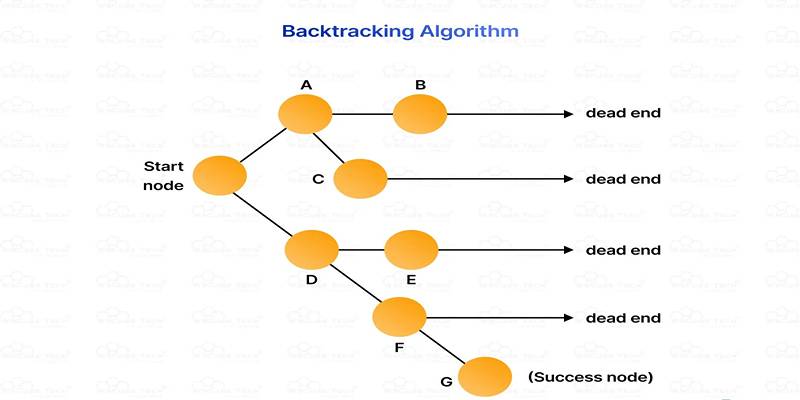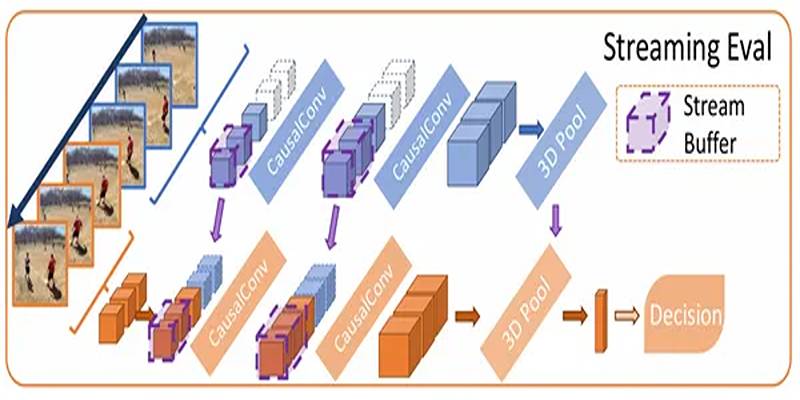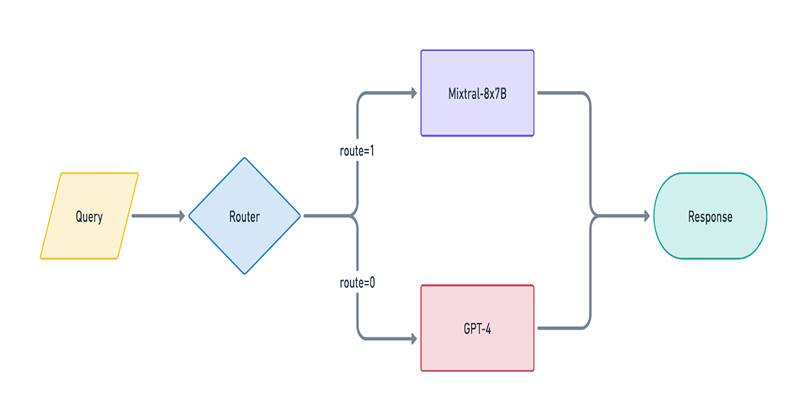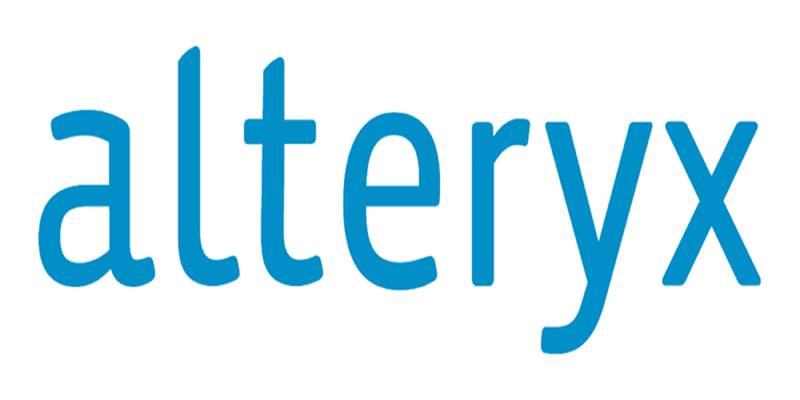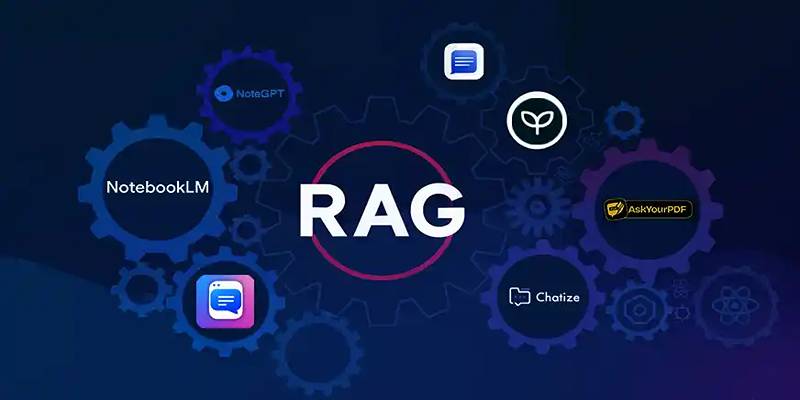Python continues to evolve with each release, becoming more refined, more powerful, and better suited for the demands of modern development. With the arrival of Python 3.13.0, released on October 7, 2024, the language introduces a suite of impactful features aimed at improving performance, expanding platform support, enhancing developer tools, and streamlining the language’s core.
Whether you're a seasoned developer or just exploring Python, this version brings with it enhancements that could meaningfully improve your development workflow and overall experience. Let’s break down everything you need to know about Python 3.13.0.
An Improved Interactive Interpreter (REPL)
One of the most noticeable enhancements in Python 3.13.0 is the improved interactive interpreter. Previously, Python’s interpreter was quite minimalistic—efficient, but lacking user-friendly features. With this version, the interpreter now supports multi-line editing and colorized output, creating a more intuitive and visually engaging experience.
This change is inspired by tools like PyPy and is aimed at improving usability for developers working directly in the console. Whether you're debugging or prototyping, this update offers a more flexible environment to experiment with Python code in real time.
Experimental Free-Threaded Build Mode
Possibly the most revolutionary feature of Python 3.13.0 is its experimental support for free-threaded execution, made available through specific Windows and macOS installers. This update introduces a build mode that disables the Global Interpreter Lock (GIL)—a long-standing limitation in CPython that has prevented full parallel execution in multi-threaded applications.
By removing the GIL in this experimental mode, Python takes a step toward leveraging modern multi-core processors more efficiently. While this feature is not production-ready, it marks an exciting direction for the future of high-performance Python applications, particularly in areas like data processing and scientific computing.
Preliminary JIT Compiler
Python 3.13.0 also introduces a preliminary Just-In-Time (JIT) compiler. Though still in its early stages, this compiler aims to improve Python's execution speed by dynamically compiling certain parts of the code during runtime.
This feature may not yet deliver massive performance gains, but it is a major architectural milestone. As this JIT engine matures, Python could become significantly faster, narrowing the performance gap between it and traditionally compiled languages such as Java and C#. The future is promising for developers who want Python’s elegance with the performance of compiled code.
Refined locals() Behavior
Python 3.13.0 brings clarity and predictability to the locals() function, which historically had behavior that could be confusing or inconsistent—especially when trying to modify local variable mappings within a function.
With this update, the behavior of locals() has been clearly defined, ensuring that developers and debugging tools can rely on consistent results. While the functional implications might seem subtle, this change supports better tooling and a smoother development experience, particularly in complex projects or when building custom debugging workflows.
Smarter Memory Management with mimalloc

Performance improvements aren’t limited to threading or compilation—memory management has also been refined. Python 3.13.0 optionally enables mimalloc, a fast, modern memory allocator developed by Microsoft. If supported by the system, mimalloc becomes the default, helping reduce memory consumption and improve performance in memory-intensive applications.
It is especially beneficial for programs that include a large number of docstrings or handle numerous small objects. Although the change happens under the hood, its impact can be felt in improved efficiency and reduced overhead.
Updated dbm Module with SQLite Support
The dbm module, which provides a simple key-value database interface, has been modernized in this release. New database files created with dbm now use the SQLite backend by default, leveraging the power and reliability of SQLite while preserving the module's simplicity.
This update not only increases stability but also aligns the module with modern standards in lightweight data storage. It allows developers to write portable, minimalistic, database-driven code with enhanced functionality and fewer dependencies.
Modernized macOS Support
Python 3.13.0 reflects the shift toward modern operating systems by updating its minimum supported macOS version from 10.9 to 10.13 (High Sierra). This move allows the core development team to utilize more modern macOS APIs and optimize performance for users on up-to-date systems. While it does phase out support for older macOS versions, the trade-off ensures better long-term support and improved integration with contemporary Apple hardware and software environments.
Tiered Platform Support Improvements
With the growing importance of running Python in diverse environments, Python 3.13.0 revises how platform support is categorized. The WebAssembly System Interface (WASI) now enjoys Tier 2 support, meaning it's tested regularly and considered semi-stable. On the other hand, Emscripten, a tool previously used to compile Python for browser execution, has been deprecated and is no longer supported.
Typing System Enhancements

Python’s type hinting system has continued to evolve since the introduction of type annotations in PEP 484. In version 3.13.0, the typing module sees several enhancements:
- Type defaults in type parameters make it easier to define generic types with sensible fallback options.
- A new type narrowing annotation, TypeIs, allows developers to assert more precisely what type a variable holds after a check.
- The ability to mark deprecations in the type system provides a formal way to notify users of outdated type usage.
These updates strengthen Python's support for static type checkers and improve code reliability, especially in large or long-lived codebases.
Upgrading to Python 3.13.0 on Colab
If you use Google Colab, you might be eager to try out Python 3.13.0. The process involves updating your package list, installing the new version, and configuring your system to point to it using the update-alternatives command.
Although it requires a few manual steps, upgrading Colab ensures you can experiment with the latest features and benchmark them in your workflows. Just be sure to verify your version post-installation to confirm the update.
Conclusion
Python 3.13.0 is a landmark release that offers powerful new features while maintaining the core simplicity that developers love. From performance-focused updates like the free-threaded build and JIT compiler to usability improvements in the interpreter and typing system, this version reflects Python’s commitment to staying modern, fast, and developer-friendly. As the language grows to support more platforms and more sophisticated applications, Python 3.13.0 shows that it's not just keeping up with the times—it's helping define them.
